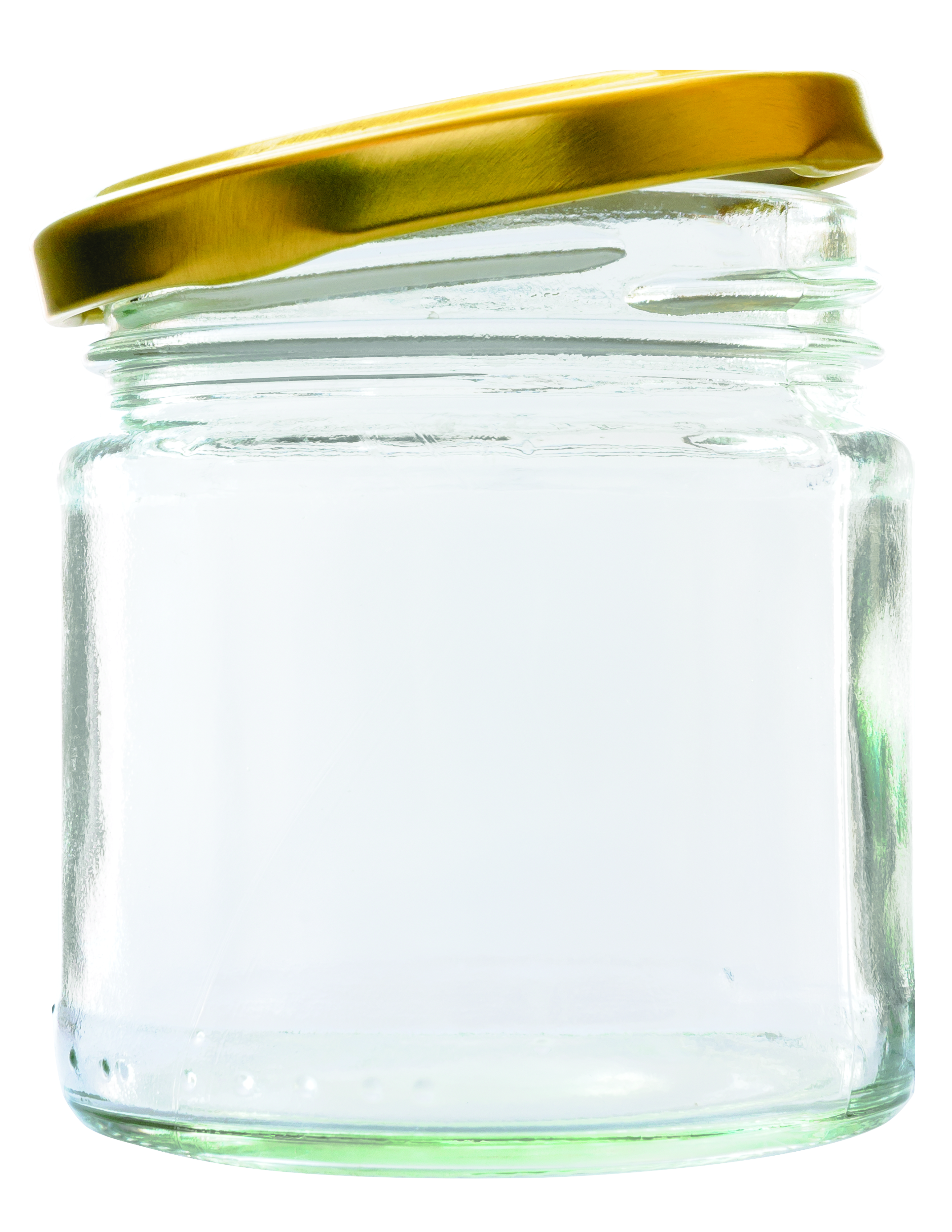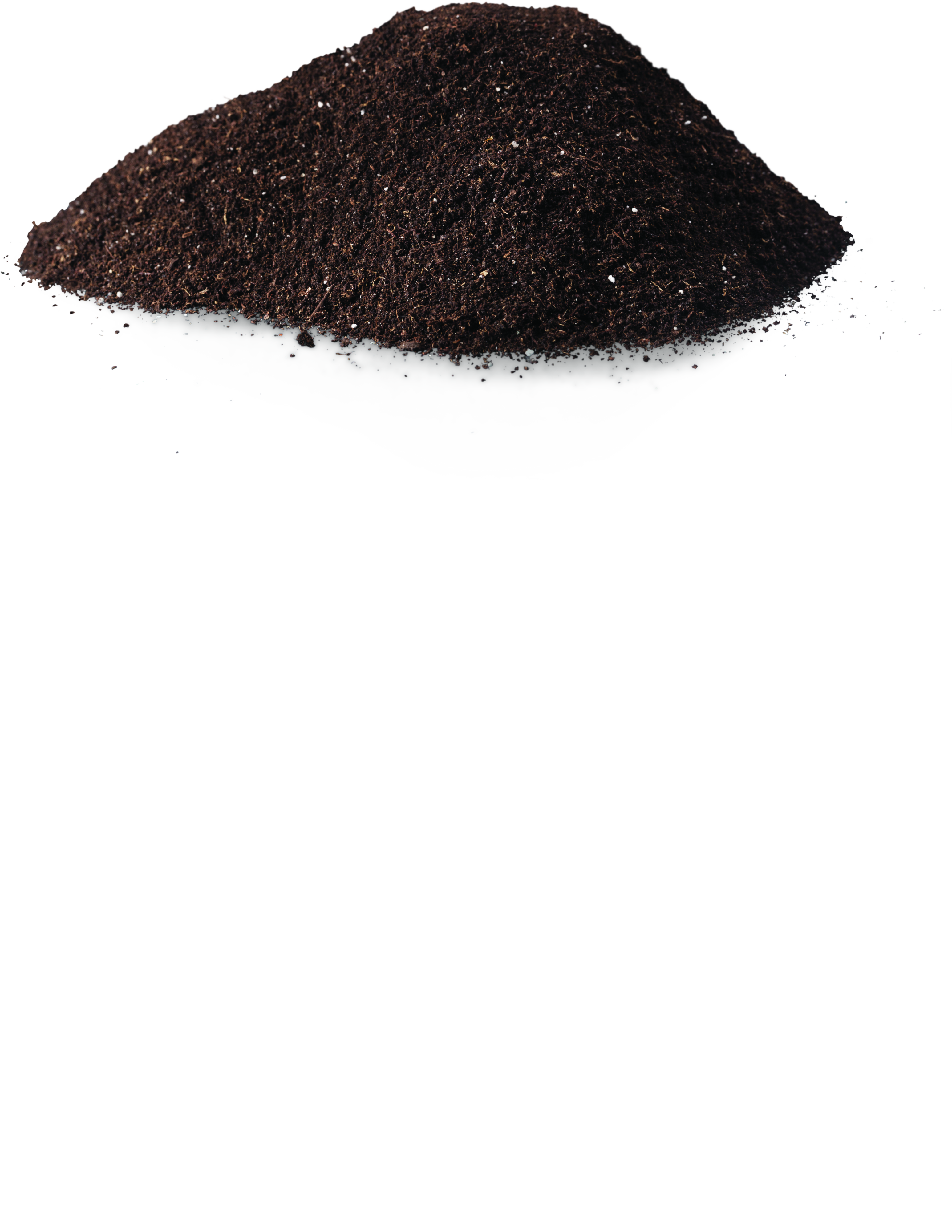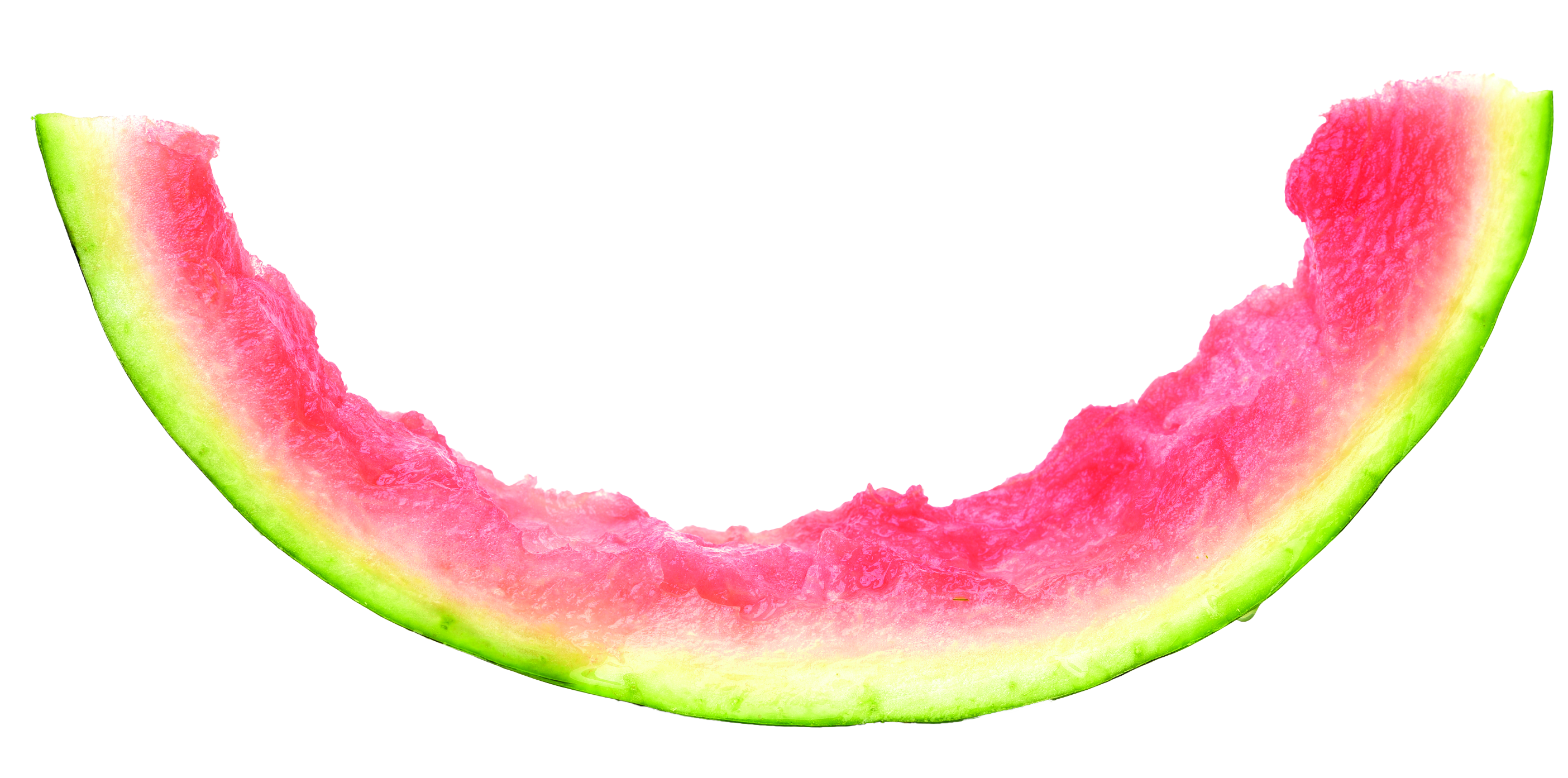Spring has sprung in Evanston, meaning beach days, t-shirts and… composting! Composting is the process of breaking down organic materials to create fertilizer that brings nutrients to plants and soil for farming and gardening. This practice can provide Northwestern students with an opportunity to reduce their carbon footprint, get outside and become better informed on waste management.
Weinberg second-year Kelly Teitel, a member of the student organization Cats Who Compost (CWC), says the club provides troughs behind Hillel, Sheil Catholic Center and the University Christian Ministry for all Wildcats to drop their food scraps and biodegradable materials. The compost is picked up by Evanston-based waste management service Collective Resource, who return it to the club as nutrient-rich soil that is then sent to the Wild Roots Garden club for their garden outside Norris. CWC undertook a range of projects this quarter, from a waste-reduction challenge in the dining halls during Earth Week in April to collaborative events with other sustainability organizations.
“I found composting to be a really fulfilling and simple way to witness how much I can reduce my waste by just placing compost in the [trough] instead of the trash — I just found that really gratifying,” Teitel says.
Teitel hopes the resources and education CWC provides will incentivize more students to try composting in the future. She says composting alone can be expensive, so the services CWC provides are a much better option for Northwestern students.



